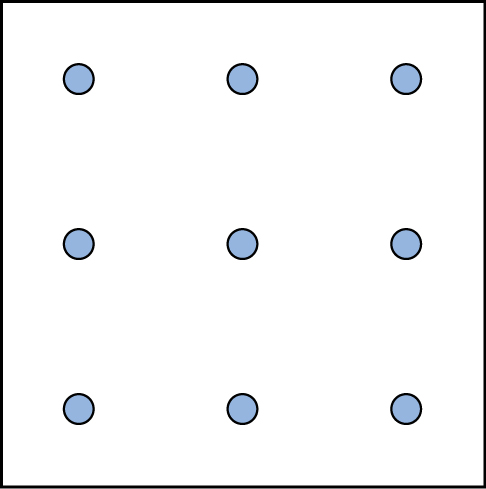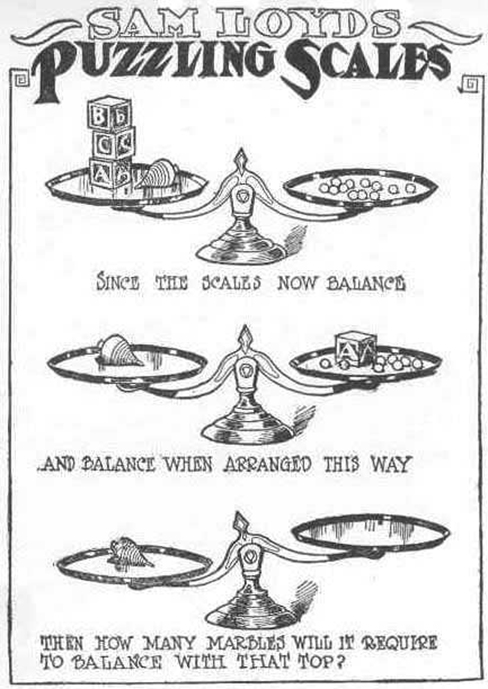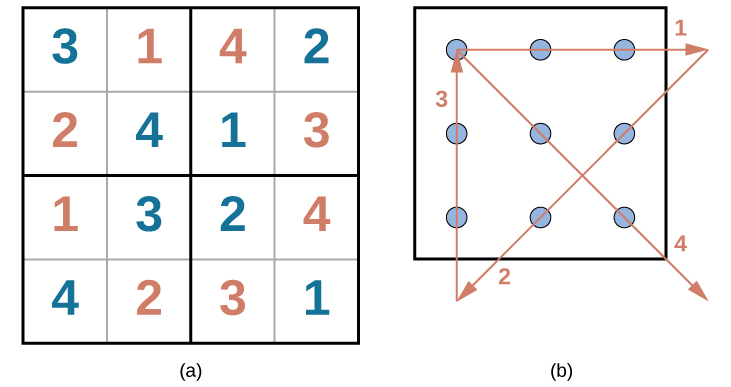- Explain how we use concepts, prototypes, and schema to organize information
- Understand the difference between natural and artificial concepts
- Describe common problem-solving strategies
Everyday Connections: Solving Puzzles
Problem-solving abilities can improve with practice. Many people challenge themselves every day with puzzles and other mental exercises to sharpen their problem-solving skills.
Sudoku
Typically, a Sudoku puzzle is a 9×9 grid. The simple Sudoku below (Figure 1) is a 4×4 grid. To solve the puzzle, fill in the empty boxes with a single digit: 1, 2, 3, or 4. Here are the rules: The numbers must total 10 in each bolded box, each row, and each column; however, each digit can only appear once in a bolded box, row, and column.
Time yourself as you solve this puzzle and see how you do!

Connect the Dots
Here is another popular type of puzzle that challenges your spatial reasoning skills. Connect all nine dots with four connecting straight lines without lifting your pencil from the paper:

Puzzling Scales
Take a look at the “Puzzling Scales” logic puzzle below (Figure 3). Sam Loyd, a well-known puzzle master, created and refined countless puzzles throughout his lifetime (Cyclopedia of Puzzles, n.d.).

You can view the transcript for “Can you solve “Einstein’s Riddle”? – Dan Van der Vieren” here (opens in new window).
